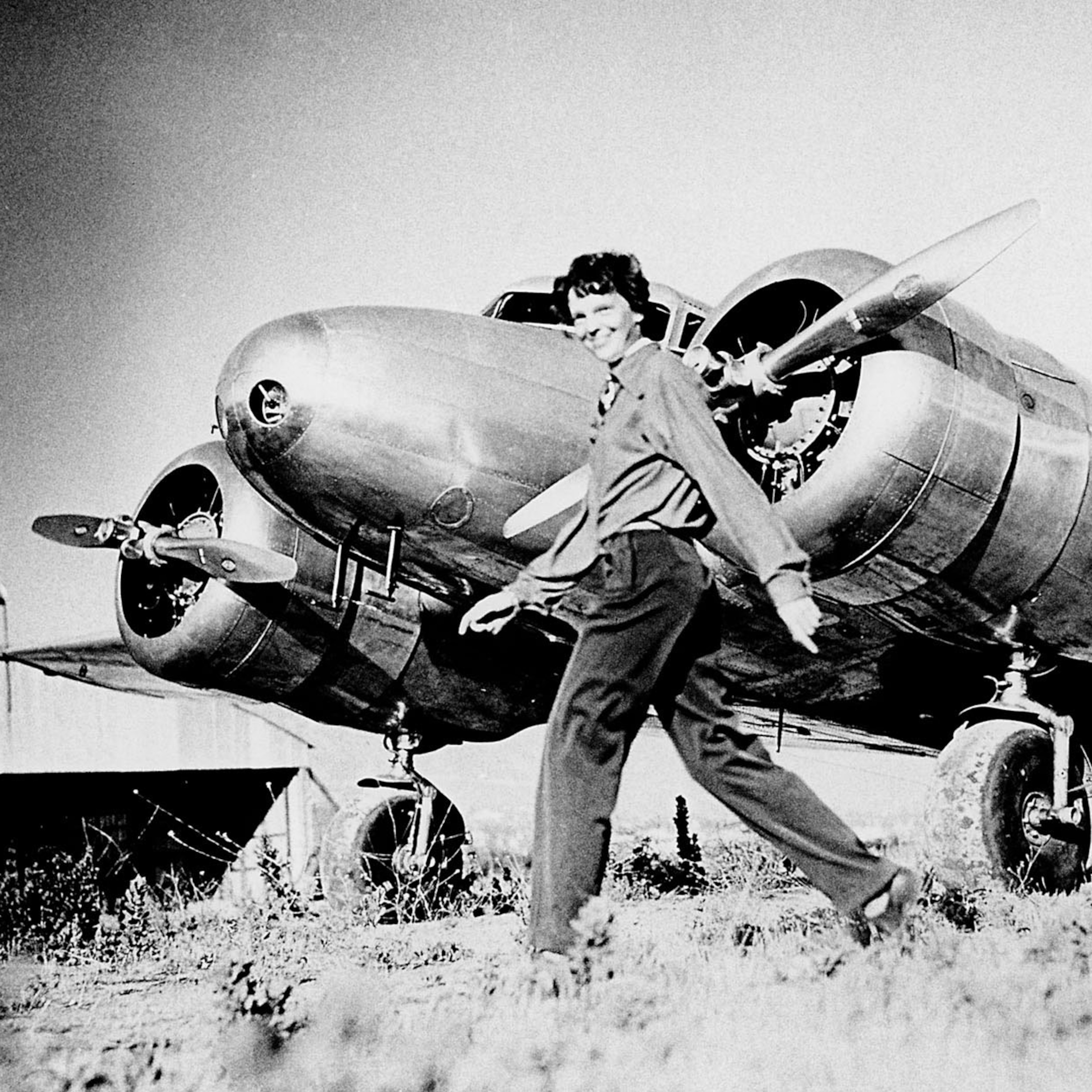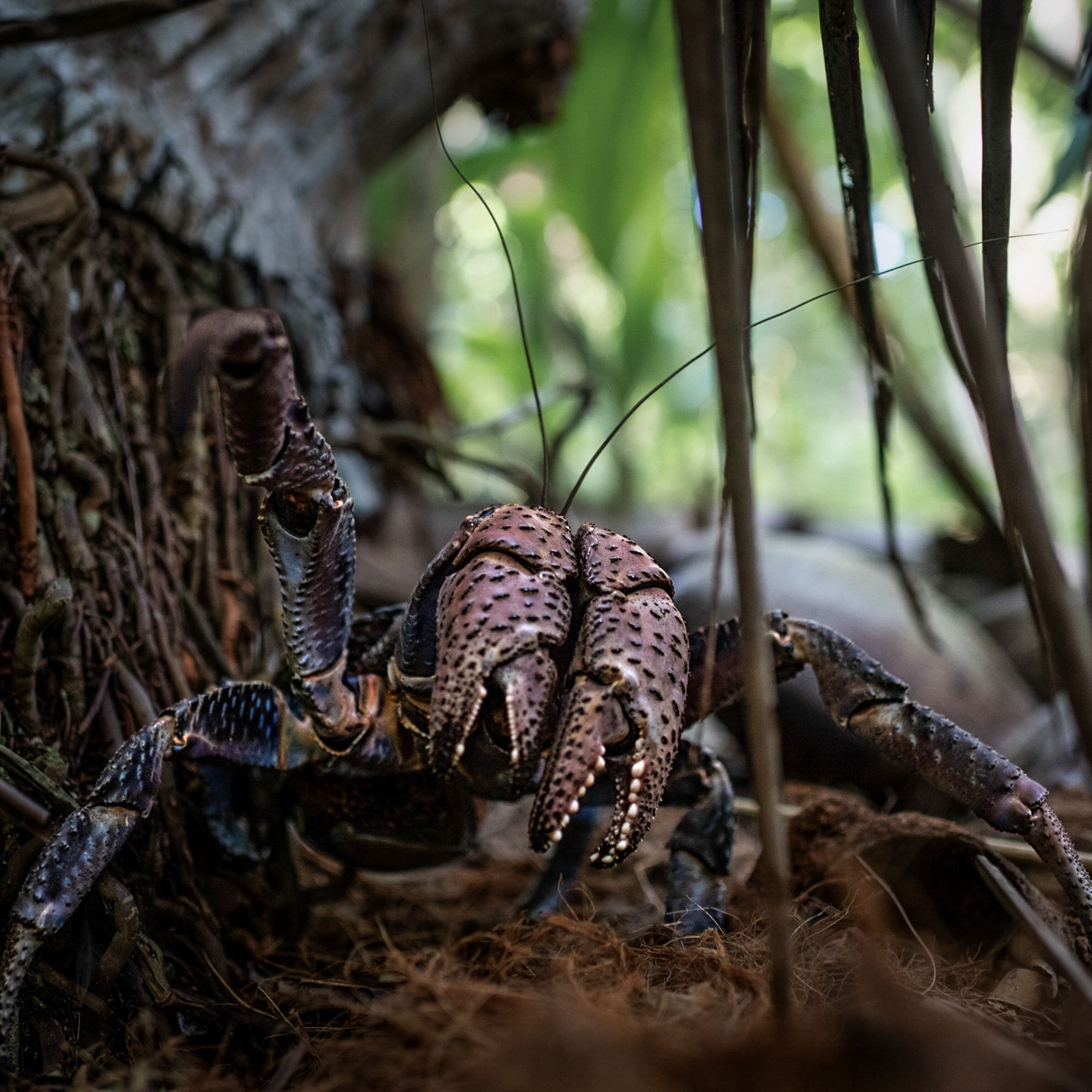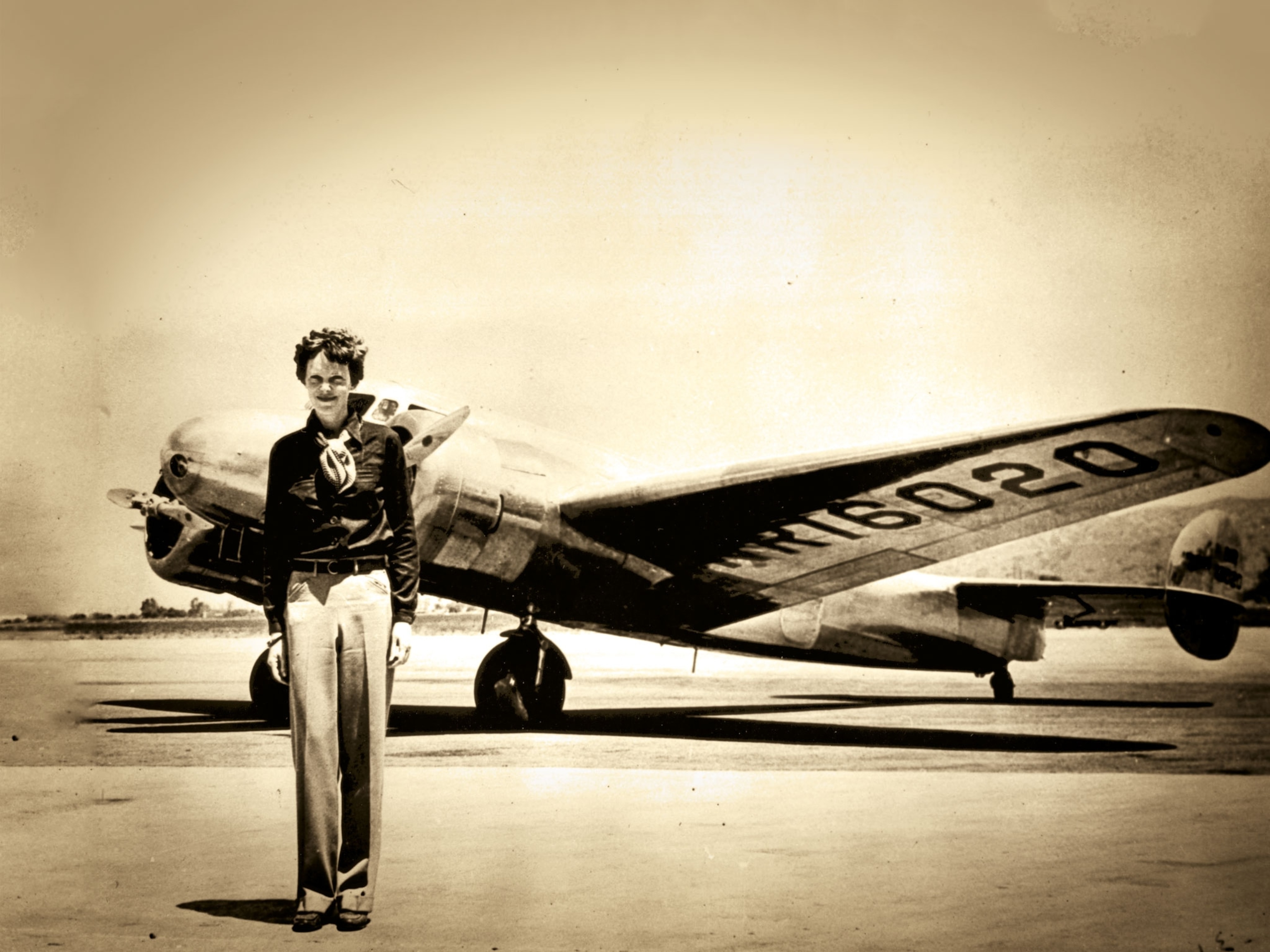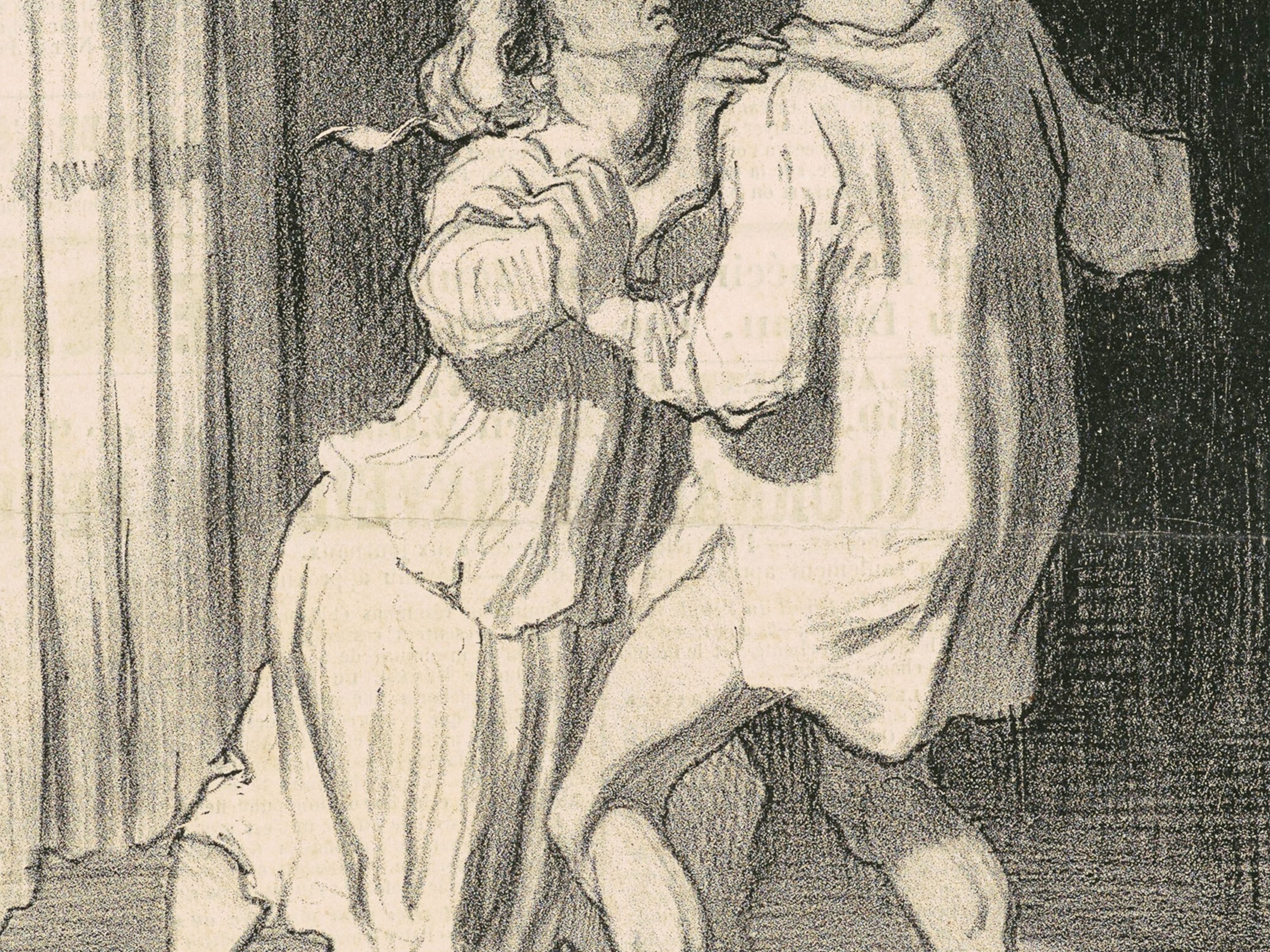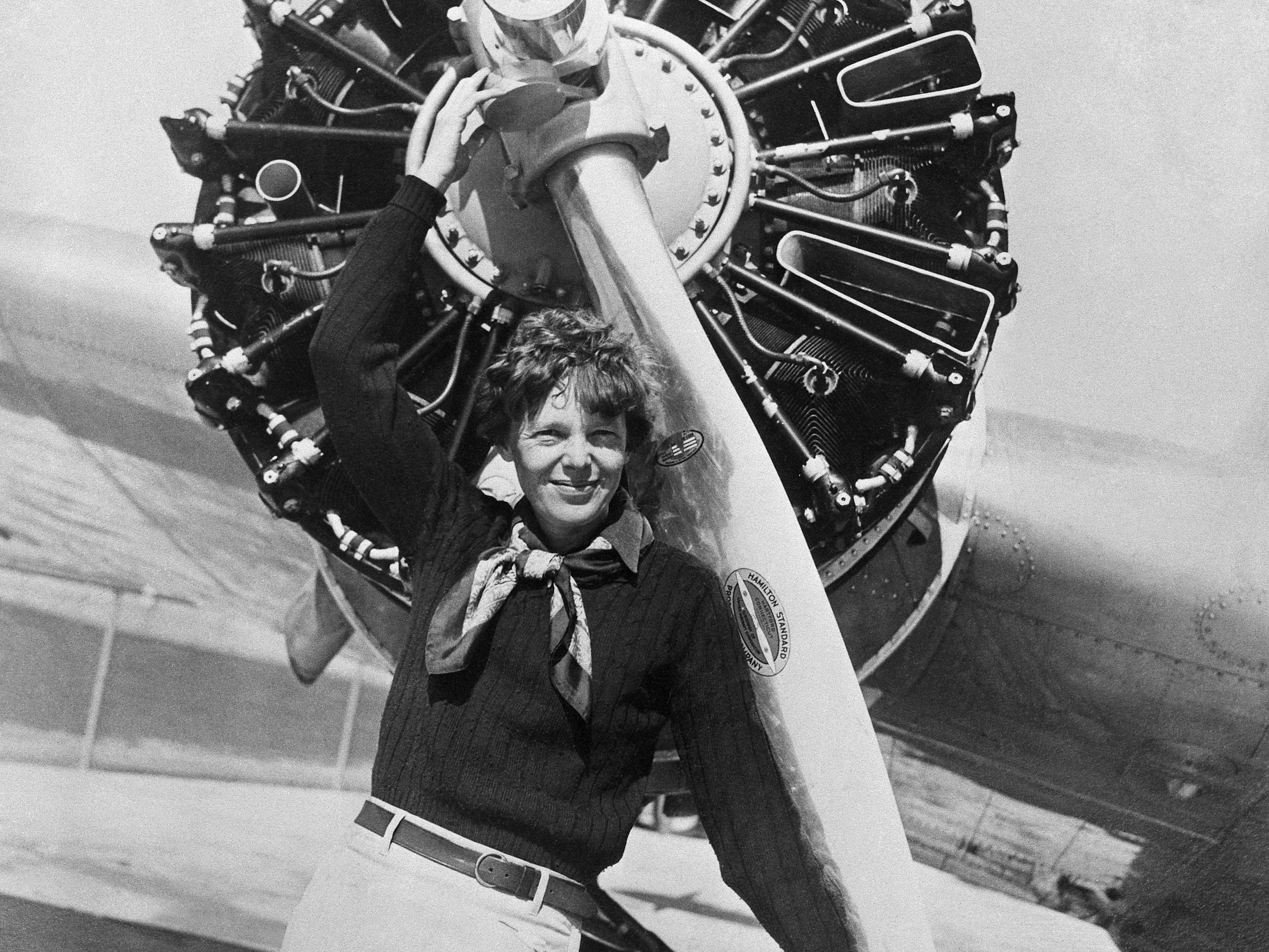Why does Amelia Earhart still fascinate us?
The missing aviator embraced the modern world—in technology, women's rights, and celebrity culture.
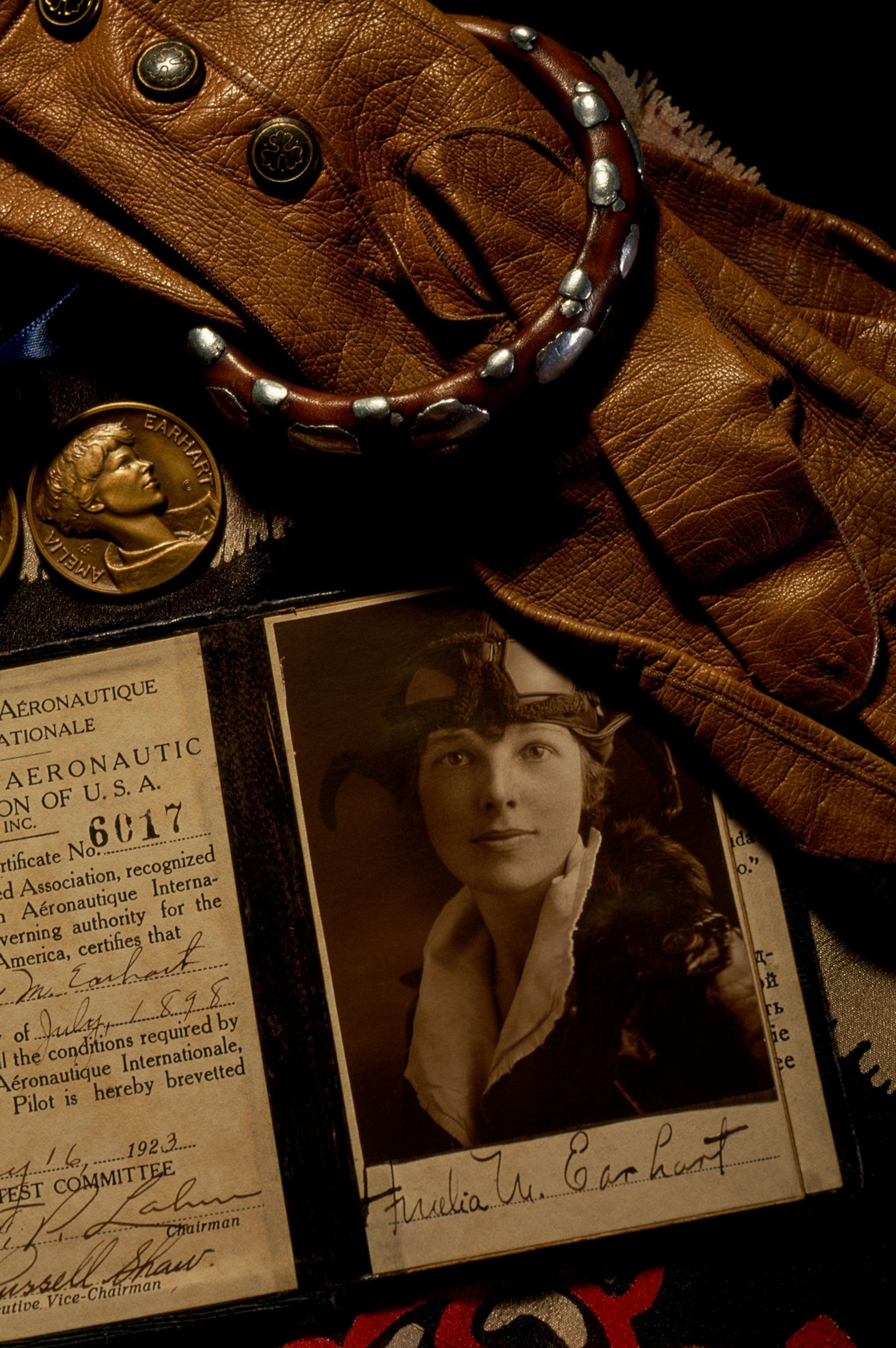
Alex Mandel first encountered Amelia Earhart on a summer afternoon while reading his father’s old magazines in the backyard of his childhood home in Odessa, Ukraine. “It was just a brief biography of her and a story of how she disappeared,” he said. That was enough.
For more than 30 years, Mandel has described himself as “an admirer of Amelia Earhart.” He met a fellow admirer and soulmate through what he calls the “Amelia community.” With her, he made a pilgrimage to all the important sites in Earhart’s life. These days he plans vacations around the Amelia Earhart Festival in Atchison, Kansas—where aficionados gather to savor all things Earhart in the town where she was born and locals come to enjoy the airshow and fireworks.
During the event last July, the mustached Ukrainian in suspenders could be found sharing his considerable knowledge with visitors to Earhart’s birthplace museum. When asked why the aviator has held his attention for so long, his answer is simple: “She was an inspiration.”

Although the distance that Mandel has traveled to feed his fandom is unusual, his fascination with Earhart is not. The aviator has managed to hold our collective attention for nearly a century—from 1928 when she was the first woman to fly across the Atlantic as a passenger (a death-defying feat at the time) through last August when Robert Ballard led a high-tech search for her lost plane. (That expedition is the subject of a documentary airing Sunday, October 20, at 8/7c on National Geographic.)
Yet Earhart wasn’t the only daredevil female pilot breaking records during the early days of aviation. Ruth Nichols flew faster. Louise Thaden flew higher. Why is Earhart the one who still captures our imagination?
In some ways, she was groomed for it. That first flight across the Atlantic—on a plane dubbed the Friendship—was funded by Amy Phipps Guest, a wealthy woman whose family begged her not to make the flight herself. Instead, Guest hired publisher George Putnam to find a suitable female passenger. “There were other female pilots at the time, probably some that were better pilots than Amelia,” says Cynthia Putnam, George’s granddaughter. “But she fit the bill. She looked the part.” (George Putnam and Amelia Earhart married in 1931.)
Tall, lanky, and Midwestern, Earhart resembled Charles Lindbergh, the first aviator to fly solo across the Atlantic. “She is photographed before that first flight with lighting and from an angle that was very self-consciously stylized to resemble the way Charles Lindbergh had been photographed,” says Tracey Jean Boisseau, a historian at Purdue University. “They developed the name Lady Lindy, which she did not appreciate.”
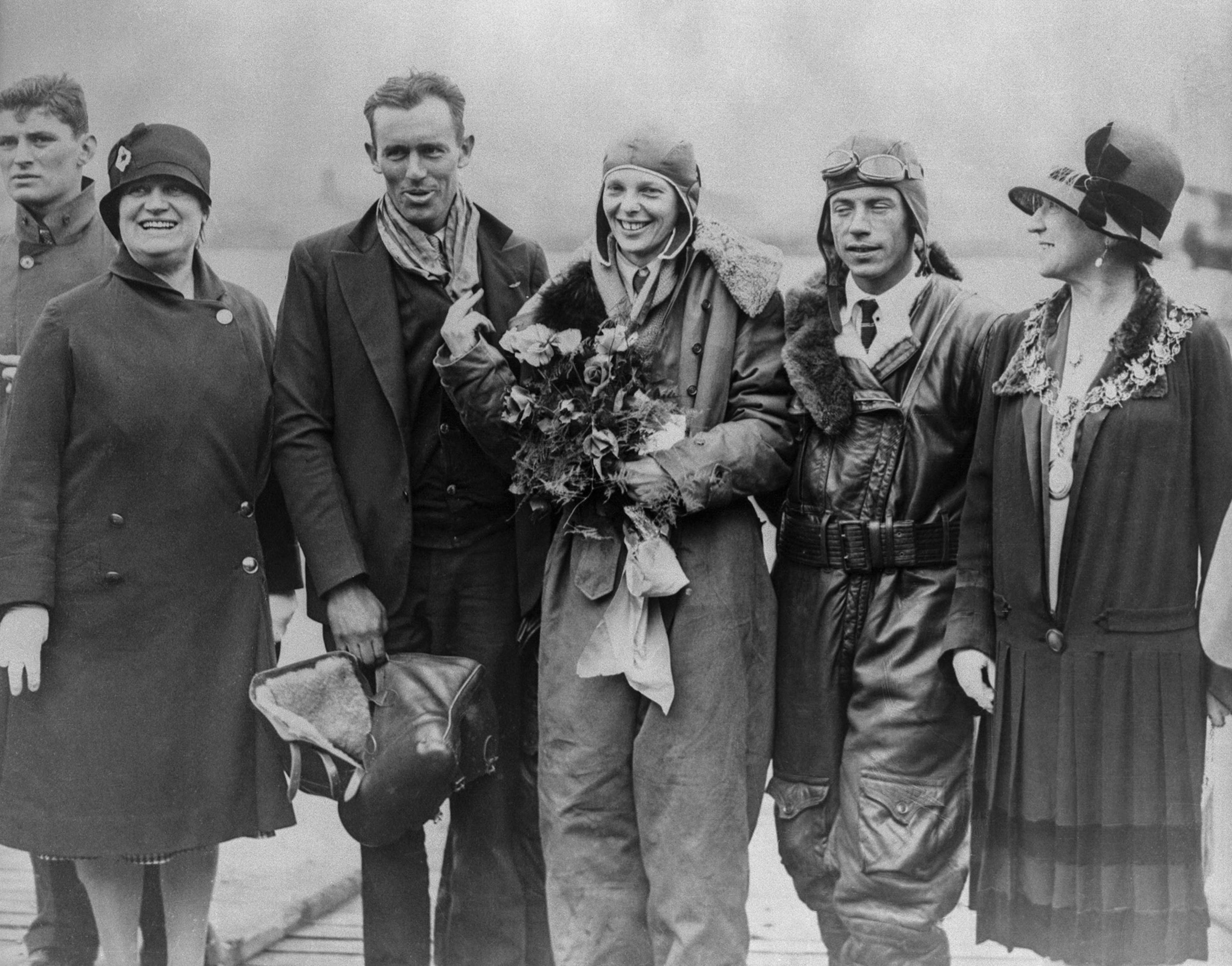
When the Friendship landed in London, the plane’s pilot and navigator were ignored by the crowds. Although Earhart had been merely a passenger or, as she put it, “a sack of potatoes,” she received all the accolades. She capitalized on the experience by writing a book and going on to become a public face for the new field of aviation.
But Earhart was determined to earn her adulation and prove—to men and women—that women could accomplish what men could. The more aviation feats performed by women, she wrote, “the more forcefully it is demonstrated that they can and do fly.” Four years after the flight of the Friendship, she flew solo across the Atlantic, becoming only the second person to do so.
Earhart landed near Derry, Northern Ireland, where her arrival left a mark that was felt beyond aviation, according to the city’s Amelia Earhart Legacy Association. “Women didn’t drive then, but Amelia arrived in a plane,” explained Nicole McElhinney, a group member who spoke at last summer’s Amelia Earhart Festival. “Women didn’t wear trousers, yet she was wearing a flying suit.” (Indeed, the farmers who first encountered her thought she was a boy.) Instead, at a time when women’s suffrage was still new, she demonstrated what women could do.

“She wanted equal marriages and she wanted equal opportunity in all occupations and she wanted equal pay for equal work,” says Amy Kleppner, who accepted an award at the festival on behalf of her mother Muriel, Earhart’s younger sister.
That may be why she seems so modern. She was a pioneer—in the fight for women’s equality, in the world-changing development of aviation, and in crafting a public image during a new era of celebrity culture. And she did it all with an aw-shucks modesty that suggested that anyone could accomplish what she did, as long as they were doing it for “the fun of it.” (Follow how Earhart navigated both the skies and society in this book excerpt.)
“She embodied many good values for people in general and Americans in particular,” says Mandel.
But perhaps the reason Amelia Earhart is still with us as an icon is that she vanished without a trace just short of a historic achievement. “She doesn’t die of old age, she doesn’t die of disease, she doesn’t die in front of our eyes even in an explosion,” says Boisseau. “She dies in the way most conducive to legend building—out of sight and somewhat mysteriously.”
On July 2, 1937, Earhart and navigator Fred Noonan disappeared while attempting to become the first aviators to circumnavigate the globe at the equator. They were aiming for Howland Island, a speck in the Pacific, and couldn’t find it. They only had two more legs of their record-breaking journey to go.

Generations have puzzled over what really happened to her. Did she crash the plane and sink to the bottom of the ocean? Did she land on a deserted island and die a castaway? Was she captured by the Japanese? They’ve searched underwater and on deserted islands, in colonial archives and the New Jersey suburbs, and even in the basement of her childhood home for clues to the fate of the missing aviator—so far without any definitive answers.
“The mystery is part of why, anytime you talk about important women, she’s always in the conversation,” says Jacque Pregont, who coordinates the festival in Atchison. “I hope they never find her.”

